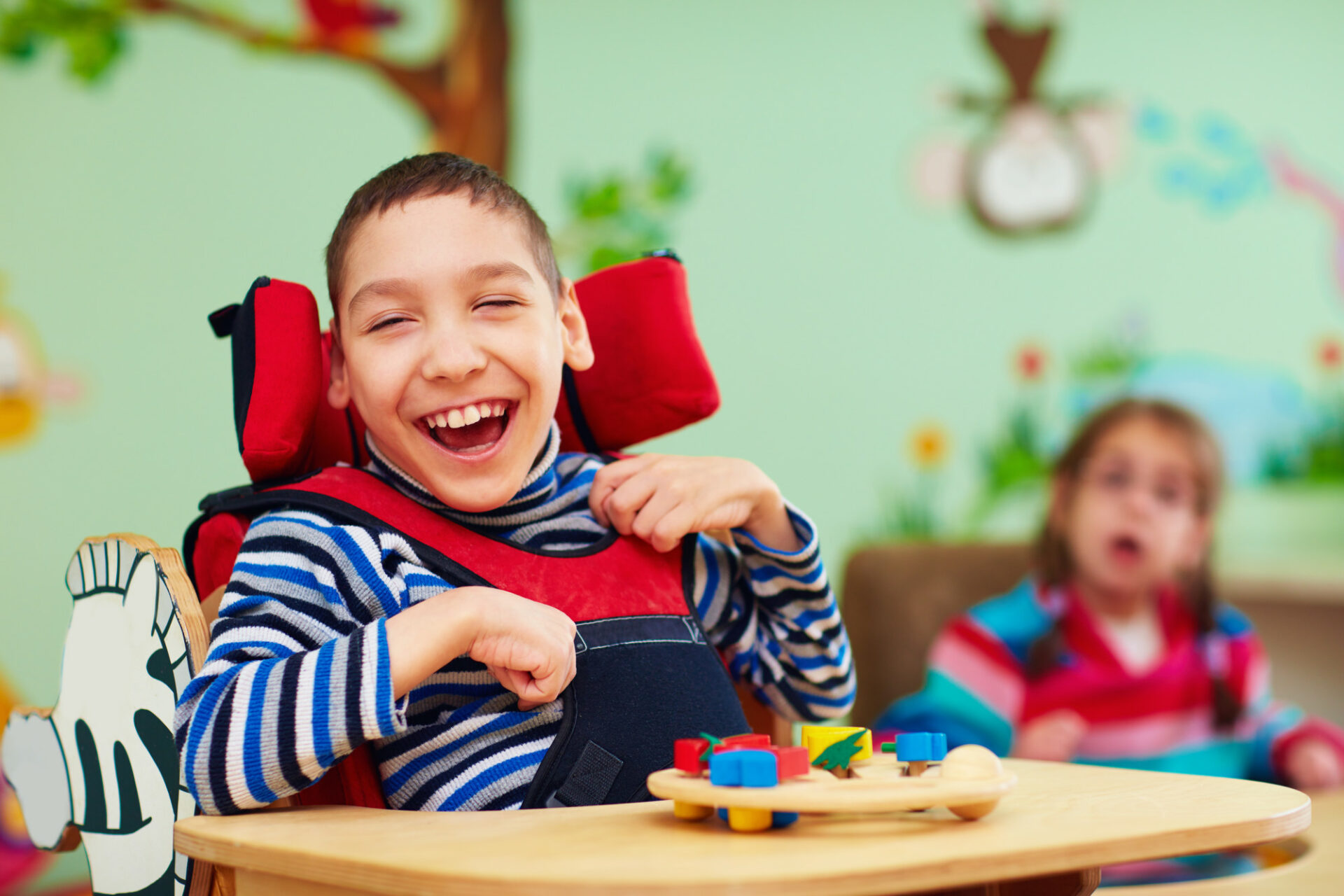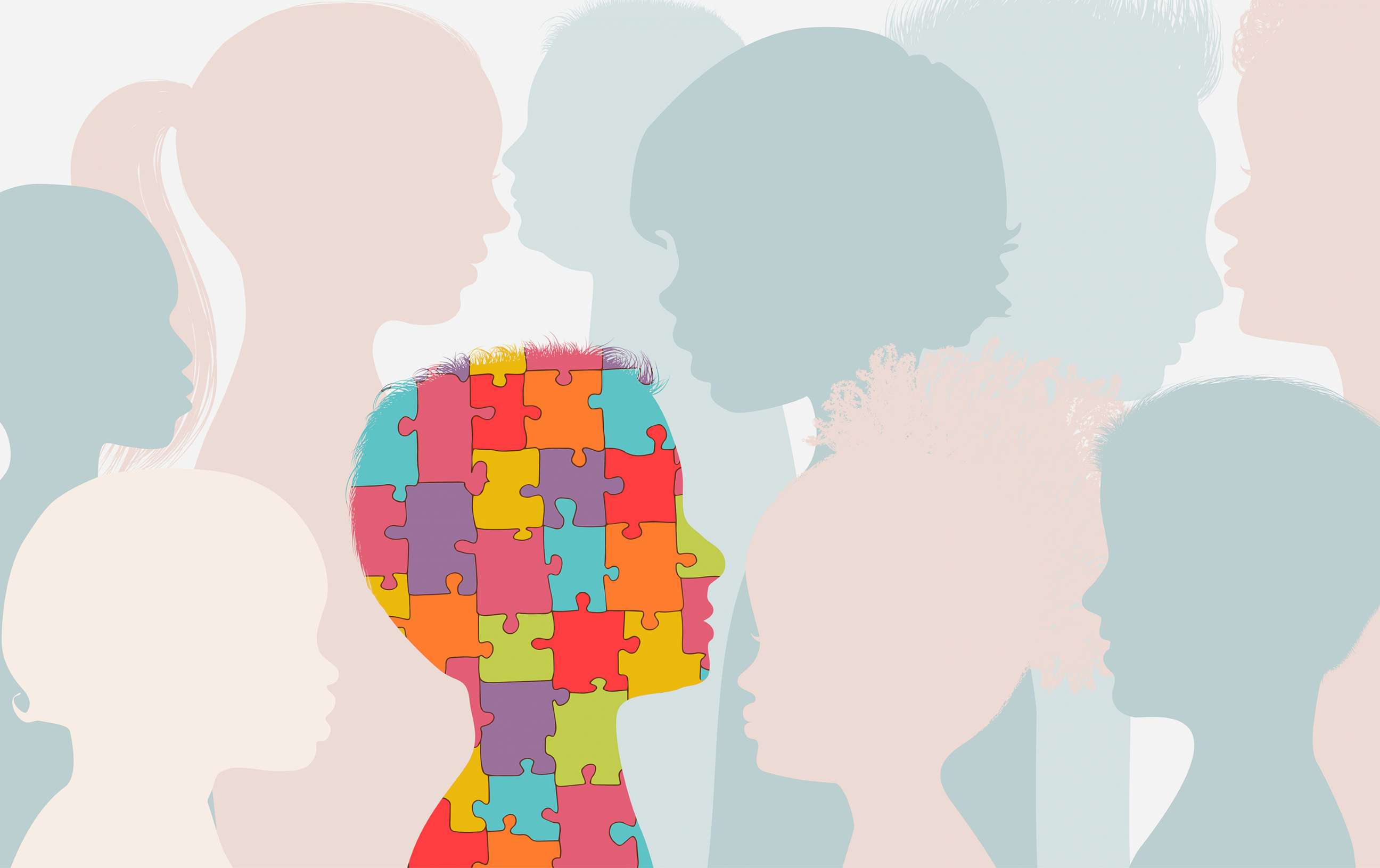Autism and Sensory Handling: Exploring the Connection and Its Effects
Autism and Sensory Handling: Exploring the Connection and Its Effects
Blog Article
Understanding Autism: A Comprehensive Guide to Symptoms And Signs
Autism Range Problem (ASD) incorporates a broad array of features that can substantially impact an individual's social communications and daily functioning. Understanding these subtleties not only aids caretakers and educators in providing appropriate assistance but likewise cultivates a much more inclusive atmosphere for individuals with ASD.
Introduction of Autism Spectrum Disorder
Specifying Autism Spectrum Disorder (ASD) includes recognizing it as a complicated neurodevelopmental problem characterized by an array of obstacles in social interaction, interaction, and behavioral patterns. The term "spectrum" reflects the broad irregularity in symptoms and their extent, which can vary significantly from one person to another. ASD typically materializes in very early youth, although some people might not obtain a diagnosis up until later in life.
Aspects influencing the advancement of ASD include environmental aspects and hereditary proneness, although the exact reasons remain under examination. Medical diagnosis often counts on behavioral assessments, as there are no definitive clinical examinations for ASD. Early intervention is essential and can substantially improve end results, focusing on boosting communication skills, social communications, and flexible behaviors.
Individuals with ASD may likewise show special staminas, such as extraordinary focus to detail or certain locations of know-how. Comprehending the complex nature of ASD is necessary for fostering a comprehensive environment that fits neurodiversity. Proceeded research is vital for creating reliable treatments and assistance systems, allowing people with ASD to prosper and accomplish their prospective within society.
Typical Indications of Autism
Identifying the common indicators of Autism Spectrum Problem (ASD) is important for early identification and intervention. These indications can differ commonly in extent and presentation, but certain qualities are regularly observed in people with ASD.
One of the most common indications is a marked difficulty in establishing and maintaining eye call. Individuals might also exhibit minimal passion in social interactions and show a choice for solitary play.
Sensory level of sensitivities are additionally common; individuals may overreact or underreact to sensory stimulations, such as appearances, lights, or audios. autism. Language development can be atypical, with some kids exhibiting postponed speech or using language in unusual ways, including echolalia-- repeating sentences or expressions heard somewhere else
It is necessary to keep in mind that not every individual with ASD will certainly display all these indicators, and the level of these behaviors can vary significantly. Early recognition permits for prompt assistance and sources, enhancing the lifestyle for those on the range.
Social Interaction Challenges
Social communication obstacles are a trademark of Autism Spectrum Problem (ASD), affecting an individual's capacity to involve efficiently with others. These difficulties can show up in numerous methods, including obstacles in starting and preserving discussions, comprehending social cues, and reacting properly in social interactions.
People with ASD may deal with nonverbal communication, such as eye contact, face expressions, and body language. This can result in misconceptions, as their communicative intent may not be appropriately translated by others. They may locate it challenging to realize the nuances of tone and context, which are crucial for efficient interaction.
In group setups, people with ASD might feel overloaded and may not recognize exactly how to sign up with in conversations (autism). They may likewise exhibit atypical conversational patterns, such as monologuing regarding details interests without acknowledging social reciprocity
Moreover, these difficulties can cause social seclusion or difficulties in developing relationships, as peers may misunderstand their actions or interaction style. Understanding these social communication difficulties is crucial for promoting helpful settings that advertise social abilities advancement and boost the quality of interactions for individuals on the autism spectrum.
Sensory Sensitivities and Reactions
Lots of people with Autism Spectrum Disorder (ASD) experience enhanced sensory sensitivities that can dramatically influence their everyday lives. A person with ASD might locate day-to-day sounds, such as a vacuum cleaner or crowded environments, extremely traumatic, leading to stress and anxiety or meltdowns.
Sensory handling distinctions in Check Out Your URL individuals with ASD can additionally impact their ability to involve in regular activities and social communications. A youngster who is delicate to touch may withstand physical love or stay clear of specific clothes fabrics. Alternatively, a choice for sure appearances or tastes can restrict dietary choices and create difficulties throughout mealtimes.
Understanding these sensory sensitivities is essential for recognizing the special experiences of people with ASD. Awareness of their sensory profiles can foster much better interaction and assistance approaches, creating an atmosphere that fits their requirements and enhances their top quality of life. Inevitably, recognizing sensory level of sensitivities is a vital element of understanding the broader range of autism.

Sustaining People With Autism
Effective support for people with Autism Spectrum Disorder (ASD) is essential for enhancing their total well-being and cultivating independence. Assistance techniques must be customized to meet the special demands of each person, considering their difficulties and staminas.

Social skills training can additionally play an essential duty. autism. Engaging individuals in group tasks or role-playing situations can improve their ability to navigate social interactions. Additionally, it is vital to educate household participants, caregivers, and peers concerning ASD to promote a helpful and inclusive area
Final Thought
In verdict, an extensive understanding of Autism Spectrum Condition is crucial for recognizing its signs and symptoms and indicators. Early recognition of usual characteristics, such as social communication challenges and sensory level of sensitivities, enables educators and caretakers to carry out effective treatments. By fostering enhanced interaction and social abilities, individuals with autism can browse their atmospheres more effectively. Ultimately, boosted recognition and support can dramatically boost the lifestyle for those impacted by ASD.
Autism Spectrum Problem (ASD) includes a imp source large range of characteristics that can considerably affect a person's social communications and daily functioning.Individuals with ASD might battle with nonverbal interaction, such as eye contact, facial expressions, and body language.Many individuals with Autism Spectrum Disorder (ASD) experience enhanced sensory level of sensitivities that can dramatically influence their day-to-day lives.Sensory processing distinctions in people with ASD can also affect their capability to involve in social interactions and regular activities.Understanding these sensory level of sensitivities is essential for identifying the unique experiences of people with ASD.
Report this page